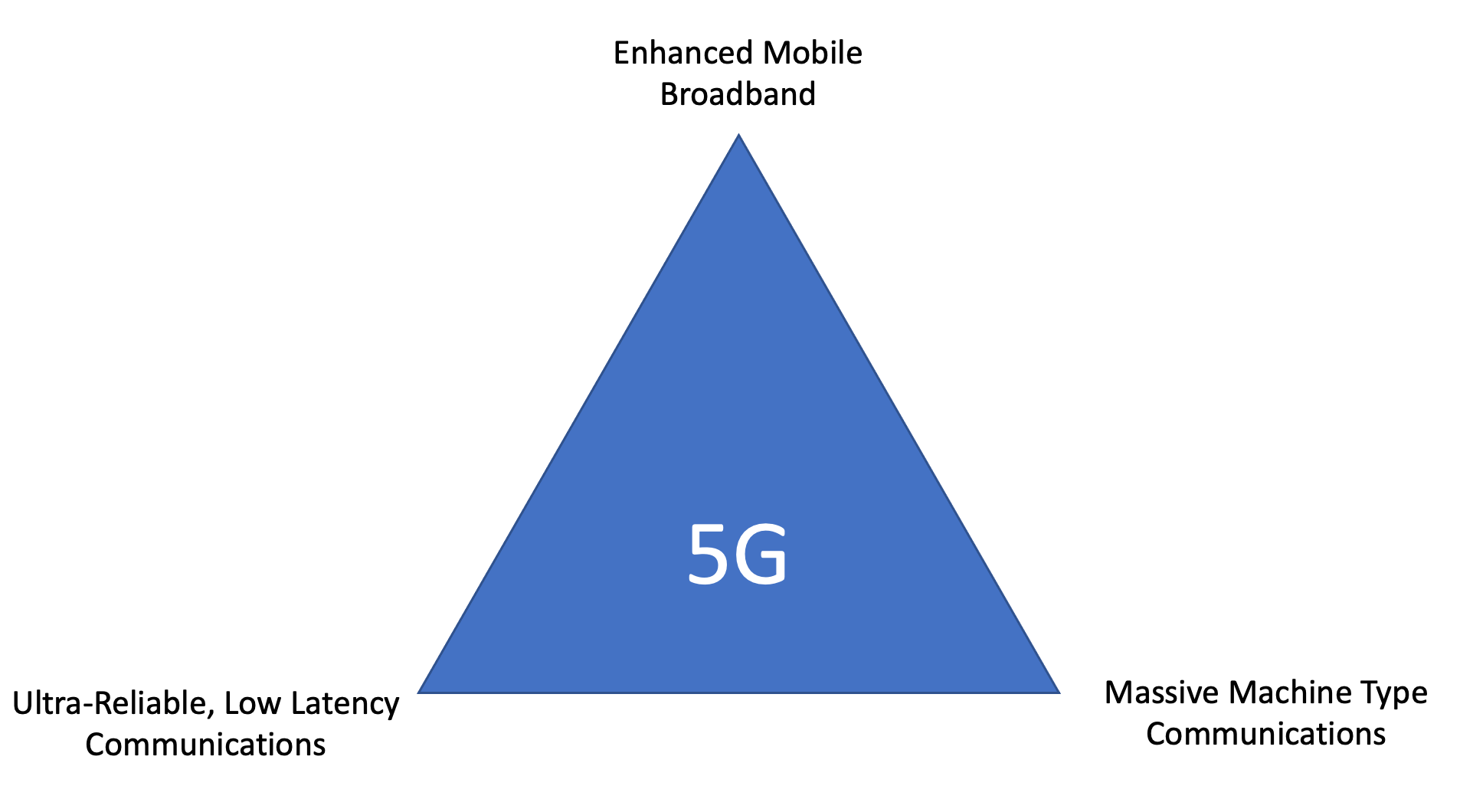You could be forgiven for wondering why I should push 5G when it might seem marketing is still ahead of deployment. While we may not all have it today, GlobeNewswire (September 22, 2021 12:30 ET) estimates there will be 700 million 5G connections across the world by the end of this year. That’s pretty rapid growth already, though still mostly driven by subscriber adoption. However, a key goal of 5G was always to extend cellular far beyond our phones, to trillions of IoT endpoints. Release 17 and later 18 from 3GPP are already moving to make these use models much more real, especially around a new standard called 5G RedCap.

Redefining the network
5G is a major advance over LTE, designed not only for performance but also for scalability to trillions of nodes. The classical cellular model, endpoints communicating with base stations which then communicate with central stations, is not scalable to that level. The way to resolve this problem is through disaggregation, distributing compute and radio management within the network. A central unit communicates with distributed units, which in turn connect with radio units (base stations or small cells) which in turn connect to endpoints. The tree structure is more scalable than a star structure. In a tree, each gateway and radio head can make manageably large numbers of connections.
But the infrastructure must locally handle a lot more processing, because each node must condense raw traffic for upstream nodes. More compute, AI/ML capabilities and beamforming features move into those cells and distributed units to handle many different classes of traffic. Traffic from safety critical functions for cars and remote surgeries, to factory automation, to mobile gaming and 8K streaming on your phones. Network operators are then able to provide software-driven network slicing to tier these services, so cat videos don’t override traffic or surgical safety.
The hardware supporting these functions can’t be general purpose CPUs. The hardware must provide a lot of horsepower certainly, but also AI/ML and signal processing, as well as general compute. Which is why you see the big mobile network equipment makers (and even operators) getting active again in chip design and chip partnerships. Open-RAN accelerates competition in this area, stimulating product advances not only from existing infrastructure builders but also new players.
Next RedCap
The IoT is not a monolithic producer and consumer of mobile traffic. Some devices can get by with short and infrequent bursts, suitable for a standard like NB-IoT. But some endpoints need more bandwidth. Surveillance cameras and AI glasses will work with video streams. Or at least frequent abstracted streams (detected objects and AR overlays). Vehicle V2X and telemetry on the other hand aim to support safety, traffic updates, emergency reporting and over the air software updates. All of which require decent performance and bandwidth.

This is where RedCap, short for Reduced Capacity, comes in. Nir Shapira (Director Strategic Technologies at CEVA) explained RedCap to me this way. The 5G triangle splits usage into enhanced mobile broadband (eMBB) at the top. Ultra-reliable low latency communications (URLLC) and massive machine type communications (MMTC) form the bottom two corners of the triangle. RedCap sits somewhere between eMBB and URLLC. RedCap offers performance similar to LTE while also able to take advantage of the 5G infrastructure features. Features such as network slicing and local intelligence in nearby infrastructure.
More disaggregation, more options, more opportunity
Disaggregation and Open-RAN create a lot of opportunity for chip and module makers in the infrastructure. RedCap adds opportunity for IoT solution builders who need bandwidth and potentially some of the 5G infrastructure services. At lower power/energy consumption that a 5G mobile phone. That’s likely to cover a lot of use-cases. Maybe you should talk to CEVA when you’re building your 5G cellular IoT product plans😀. They already have an impressive footprint in endpoint and infrastructure applications.
Also read:
CEVA Fortrix™ SecureD2D IP: Securing Communications between Heterogeneous Chiplets
AI at the Edge No Longer Means Dumbed-Down AI
Ultra-Wide Band Finds New Relevance
Share this post via:





Comments
There are no comments yet.
You must register or log in to view/post comments.